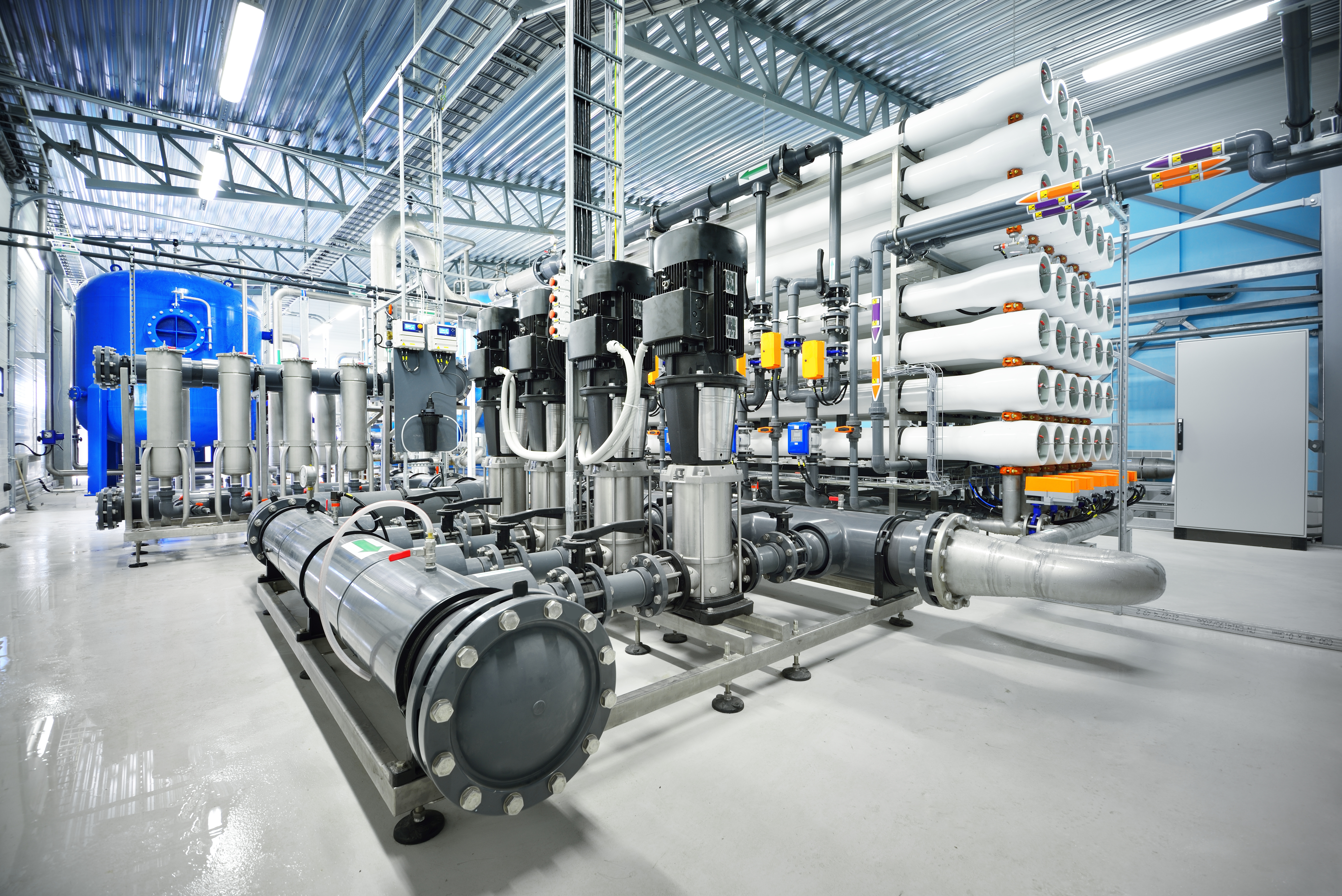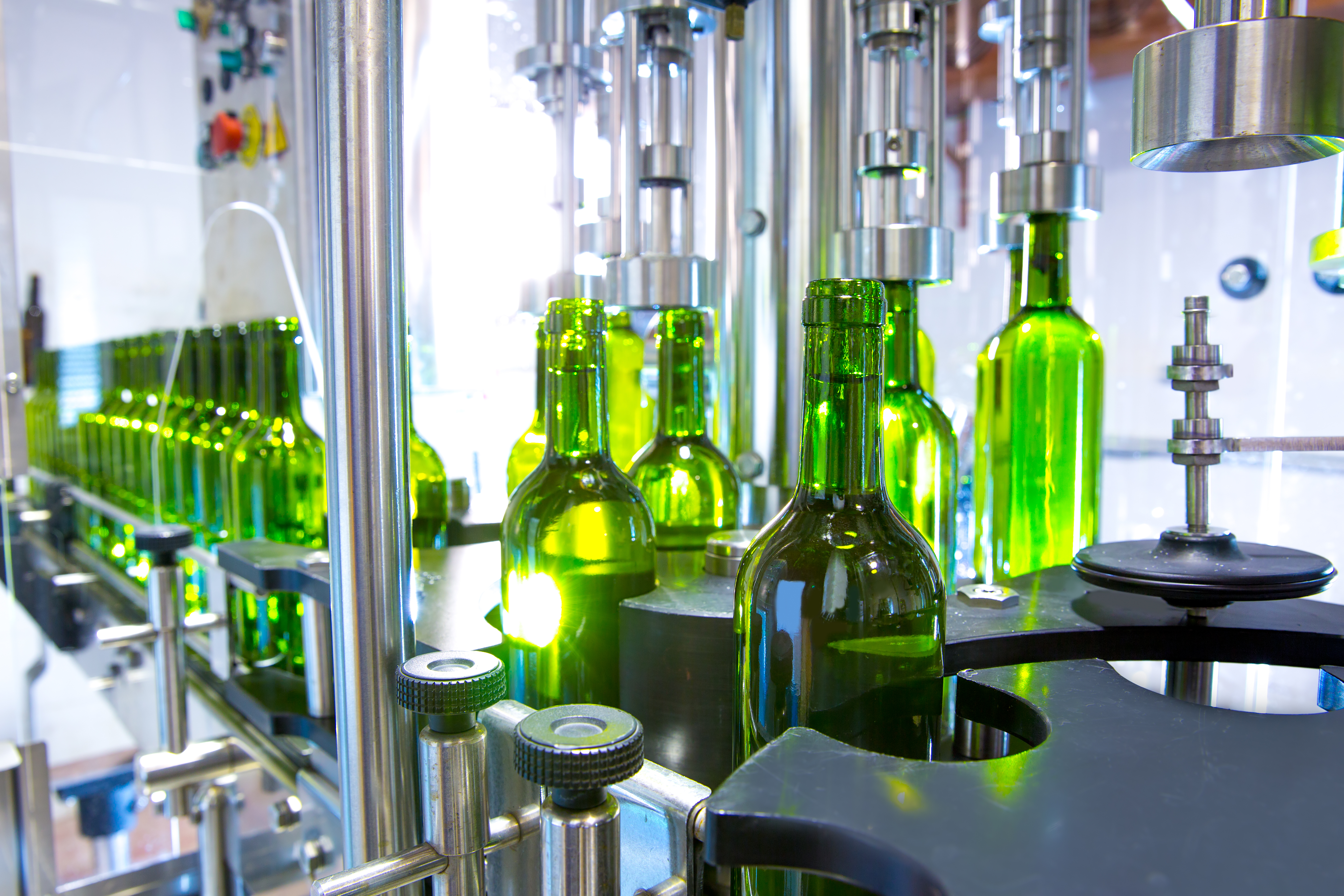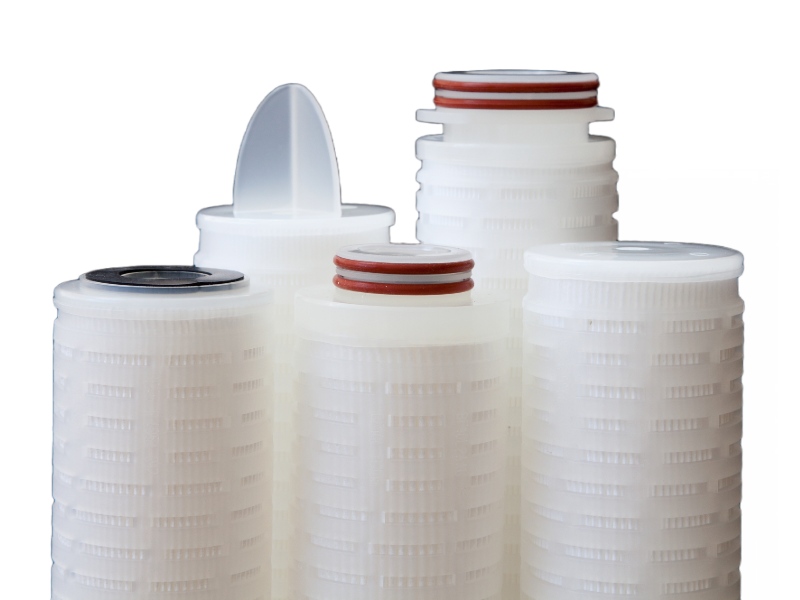Membrane vs. Depth Filtration in Microfiltration: A Technical Comparison
When selecting microfiltration cartridge filters, end users often face a critical choice between membrane and depth filtration technologies. While both are used in removing fine particles, microorganisms, and colloids, they differ significantly in structure, filtration mechanism, performance characteristics, and application suitability. This blog explores these differences to support informed decision-making in fluid processing environments.
Understanding the Basics
Membrane Filtration
Membrane filters are made from thin polymeric films (often asymmetric or symmetric) with a well-defined, fixed pore structure. They operate primarily via surface filtration, where particles are retained on the membrane surface.
- Typical pore sizes: 0.1 to 1.0 µm for microfiltration
- Common materials: PES (Polyethersulfone), PVDF (Polyvinylidene fluoride), Nylon, PTFE
Depth Filtration
Depth filters are made from thick media layers, typically constructed from polypropylene (PP) or glass fibre (GF)s. These filters use a tortuous path mechanism to trap particles throughout the media thickness—thus offering a gradient structure for particle removal.
- Absolute & Nominal pore ratings: Typically 0.5 to 50 µm
- Common formats: Melt-blown, pleated melt-blown, pleated depth media (PP or GF) or hybrid pleated depth using GF first followed by PP pleated media.
Key Performance Comparisons
|
Attribute |
Membrane Filters |
Depth Filters |
|
|
Filtration Mechanism |
Surface filtration |
Depth filtration |
|
|
Media thickness / Pore Size Precision |
100 microns Absolute-rated (tight tolerance) |
1,000 to 2,000 microns Nominal-rated (broader tolerance) |
|
|
Efficiency |
Log Reduction Value (LRV) >7 at rated pore size when challenged with standard bacteria and a sterile filtrate |
Absolute depth filters defined as a beat ratio of great than 5,000 equivalent to an efficiency of 99.98%. Nominal ratings typically 70–98% efficient. |
|
|
Dirt-Holding Capacity |
Low due to voids volume of 66%. |
Higher due to higher voids volume GF 95%, PP 85% |
|
|
Differential Pressure |
Lower initial DP, faster rise |
low initial DP, slower rise |
|
|
Cleaning / Reusability |
CIP and SIP compatible, but limited reusability. |
Regenerable when flushed after limited use and certain products are occasionally back washable |
|
|
Typical Use Cases |
Sterile & Final filtration, microbial control, bioburden reduction and spoilage organisms to extend shelf life. |
Pre-filtration, particulate, haze, colloidal removal, removal of larger spoilage organisms (yeasts) and clarification to provide a bright product |
|
|
Cost per Unit |
Higher |
Lower |
Filtration Performance: A Deeper Dive
-
Particle Retention and Efficiency
- Membrane cartridges are typically absolute rated, meaning they remove a high log reduction value (LRV) of targeted microorganisms. For 0.2 micron filter they will achieve complete removal with a sterile filtrate. This makes them ideal for critical filtration, such as sterilizing-grade applications in pharmaceuticals or final filtration in electronics manufacturing.
- Depth filters are both absolute and nominal rated. With absolute rated Beta 5000 cartridges performance is fixed and known whereas nominal filter's retention can vary by particle type and process conditions. Depth filters are well-suited for bulk contaminant removal prior to membrane filters to ensure the service life of the surface membrane filters.
-
Dirt-Holding Capacity (DHC)
Depth filters offer greater dirt-holding capacity due to their porous structure and thicker media matrix. This allows for longer service life in high-particulate load applications. Membrane filters tend to clog more quickly when exposed to such environments, so are often protected by upstream depth filters.
Example: In a water-based paint production line, a 5 µm depth filter can capture bulk pigments and binder agglomerates, extending the life of a 0.45 µm PES membrane used for final filtration.
-
Pressure Drop Characteristics
Initial pressure drop (∆P) is usually lower in membrane filters, especially pleated designs, due to their open structure. However, because particles accumulate on the surface, pressure rises quickly.
In contrast, depth filters may start with a similar initial clean ∆P, but they can handle higher particle volumes without rapid clogging, leading to longer operational cycles.
Application-Based Selection
|
Application |
Preferred Filter Type |
Reason |
|
Bioburden reduction in bioprocessing and vaccine manufactured |
Membrane |
High microbial retention |
|
Depth (pre), Membrane (final) |
Combine DHC and precision |
|
|
Depth (clarification), Membrane (microbial removal) |
Stepwise filtration |
|
|
Depth |
Cost-effective particulate removal |
|
|
Semiconductor DI water |
Membrane |
Absolute-rated purity |
The Prefiltration Approach: The Best of Both Worlds
In many industrial systems, depth and membrane filters are used in series:
- Depth filter as a pre-filter to remove coarse and mid-sized particles.
- Membrane filter as the final stage to ensure absolute retention of fine particulates or microorganisms.
This layered approach reduces total filtration costs by extending membrane filter life while maintaining product quality.
Summary: Which One Should You Choose?
- Use membrane filters when absolute retention, microbial control, or sterile filtration is essential.
- Use depth filters for bulk particle load, cost-effective pre-filtration, and extended membrane filter service life.
- Combine both where critical applications need robust performance and cost control.
We offer a range of Depth Filters & Membrane Filters for all applications. We're also available to help with any questions you may have on micro filtration or pre filtration, just give us a call or send us an email - we're here to help you make the best choice for your filtration needs.
You can also read more in our blogs:- Understanding Absolute & Nominal Ratings in Depth Cartridge Filters
- Maximising Microfiltration System Performance
- Membrane Cartridge Filtration and the Options for Sterile or Final Filtration
- Prefiltration: What Options Are Available?
PoreFiltration – Making your filtration systems work harder





